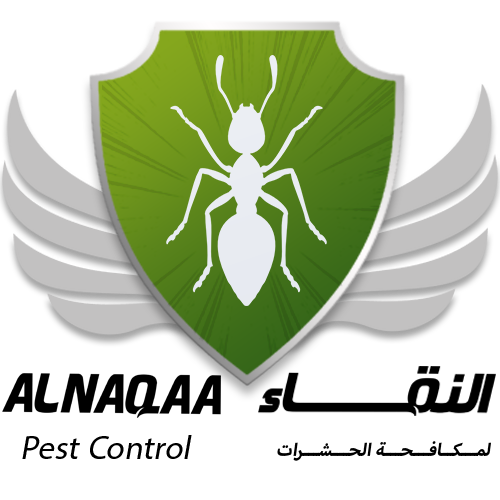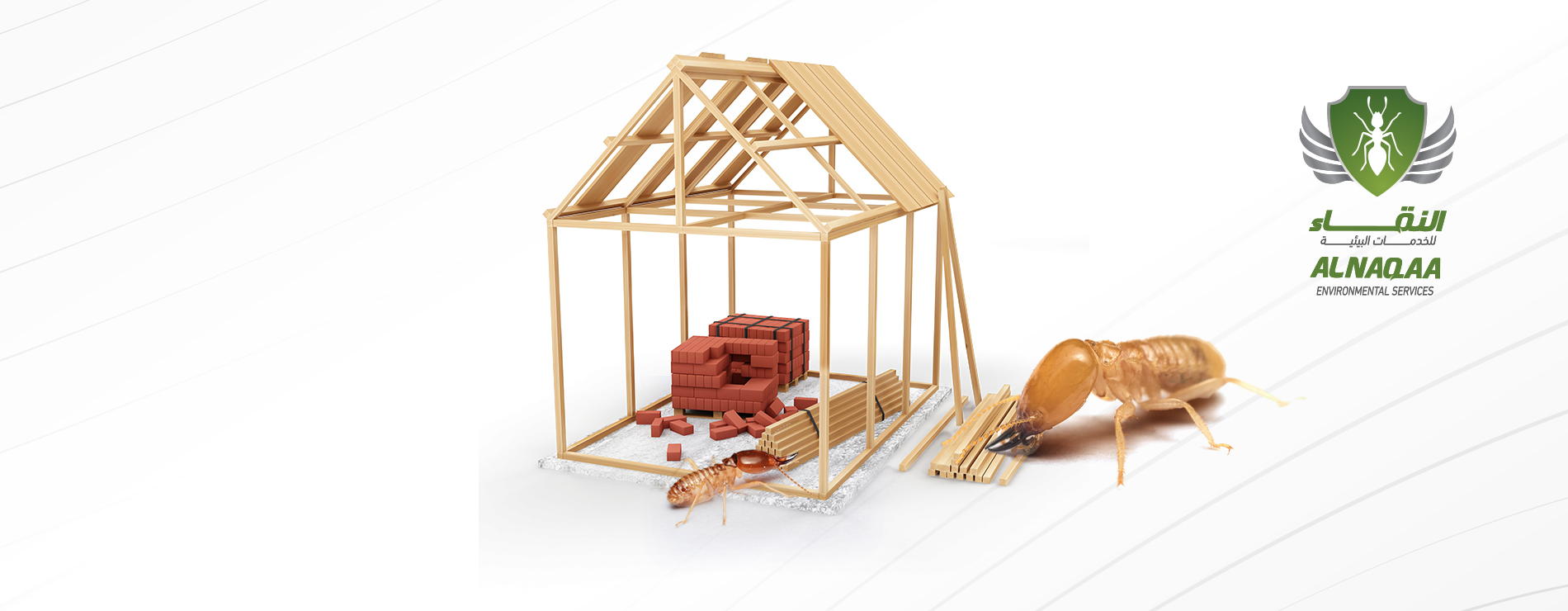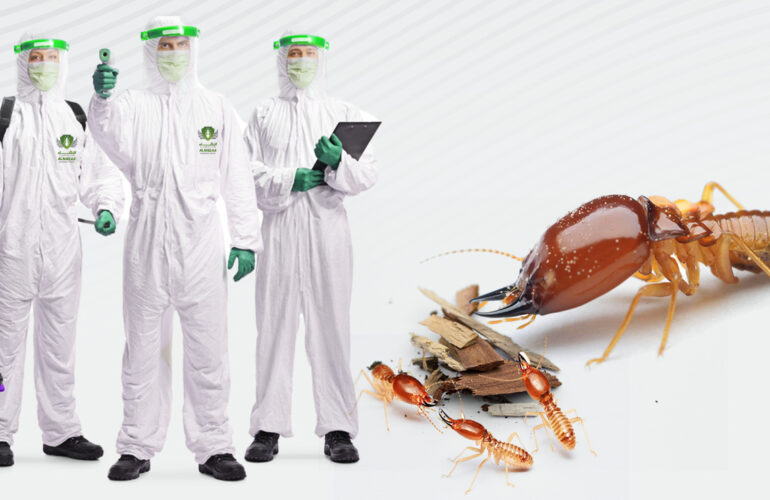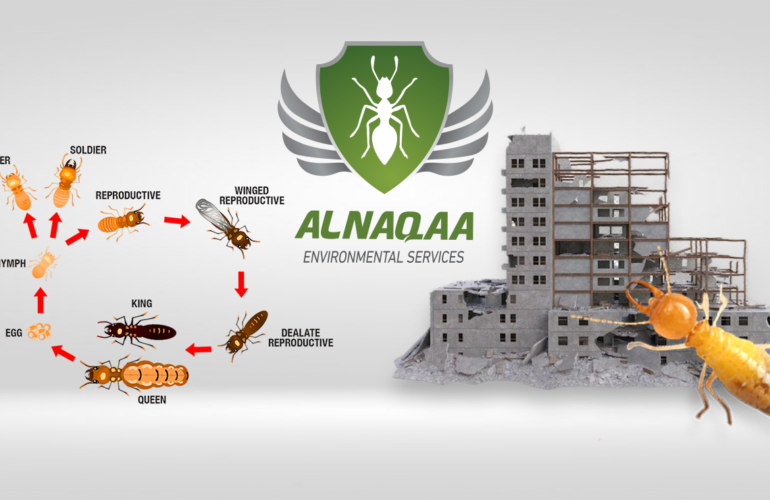Anti termite and Termite Treatment in Construction
When it comes to construction, there are numerous factors that builders and homeowners consider to ensure a sturdy and long-lasting structure.
However, one potential threat often overlooked is the presence of termites.
These tiny, wood-eating insects can wreak havoc on buildings, compromising their integrity and causing significant financial losses.
In this article, we will explore the dangers termites pose to construction projects, their destructive capabilities, and the preventive measures that can be taken to mitigate this silent menace.
1. Understanding Termites:
Scientist defined Termites as social insects that depend on its feed on wood, wooden parts and other cellulose composed materials.
They live in colonies and work tirelessly to gather food, reproduce, and expand their colonies.
Their ability to remain hidden and their constant need for sustenance make them a major concern for construction projects.
2. Types of Termites:
There are three main types of termites commonly found in construction areas: subterranean termites, drywood termites, and dampwood termites. Subterranean termites are the most destructive, as they build their nests underground and create mud tubes to reach their food source, usually timber within buildings.
Drywood termites, on the other hand, infest dry wood, while dampwood termites prefer moisture-rich environments.
3. Destructive Capabilities:
Termites pose a significant threat to construction due to their destructive capabilities.
They can silently devour wooden structures from the inside, hollowing out beams, floors, and even furniture.
Over time, this weakens the integrity of the building, potentially leading to structural collapse or severe damage.
The extent of damage caused by termites often goes unnoticed until it is too late, making their prevention and early detection crucial.
Usually AlNaqaa pest control and environmental services in purpose of termite infestation prevention before starting building construction, recommend several measures can be taken based on the available references.
Firstly, it is important to understand the behavior and characteristics of termites. Termites are social insects that eat wood, nest in food, and easily generate secondary reproductives. They are most likely found in several families as Kalotermitidae, Rhinotermitidae, Cryptotermes, Heterotermes, and Coptotermes .
Therefore, it is crucial to contact AlNaqaa pest control services which focus on these specific species when implementing preventive measures.
One effective method AlNaqaa pest control and environmental services use for termite prevention is the use of certain specific insecticide barriers.
These barriers are used to exclude subterranean termites from the soil.
Slow-acting baits are also one method AlNaqaa pest control and environmental services uses for population control of subterranean termite colonies. Additionally, whole-structure treatments such as fumigation and heat, compartmental treatments, and local treatments can be employed for drywood termite control.
Another preventive measure AlNaqaa use is physical barriers.
For example, a layer of moist or dry sand with a particle size of 1.2-1.7 mm can prevent termites from tunneling through.
Fine mesh made of high-grade stainless steel can also be installed as a continuous horizontal barrier during construction to withstand foraging by several termite species.
Furthermore, a very important factor to AlNaqaa is to consider the geographical region and climate when implementing termite prevention measures.
For instance, in humid regions with high annual rainfall, burning may have relatively little effect on termite density due to rapid recolonization from surrounding areas.
Therefore, alternative methods should be considered in such regions.
In conclusion,
AlNaqaa pest control and environmental services take several steps
to prevent termite infestation before starting building construction, a combination of chemical and physical barriers can be used. Insecticide barriers and slow-acting baits are effective against subterranean termites, while whole-structure treatments and local treatments are suitable for drywood termites. Physical barriers such as sand and stainless steel mesh can also be employed. It is important to consider the specific species of termites and the geographical region when implementing preventive measures





